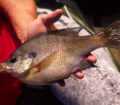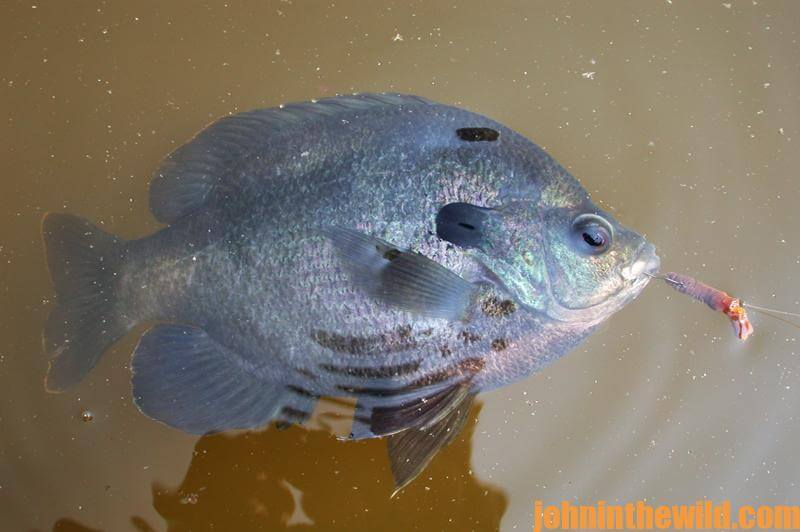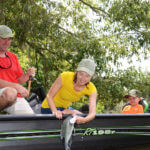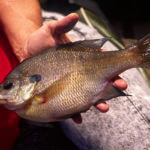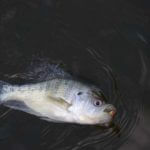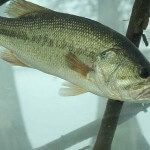 Editor’s Note: I like to fish for eaters. As a child, I fished with my father on almost every day off he had. We fished on nearby rivers and lakes, caught a wide variety of fish, cleaned our catch and took them home for my mother to cook for supper. Eating what we caught extended our fishing fun and provided delicious food for our family. Let’s look at some ways to find and catch more catfish and bluegills.
Editor’s Note: I like to fish for eaters. As a child, I fished with my father on almost every day off he had. We fished on nearby rivers and lakes, caught a wide variety of fish, cleaned our catch and took them home for my mother to cook for supper. Eating what we caught extended our fishing fun and provided delicious food for our family. Let’s look at some ways to find and catch more catfish and bluegills.
A fishing buddy of mine, John Holley from Linden, Alabama, once said to me, “I can smell a big bed of bluegills right here somewhere. Do you smell the fragrance of a cut watermelon?” “Yes, I can smell it,” I told Holley. Holley replied, “Well, that smell comes from bedding bluegills. When the males fertilize the eggs of the females, they emit a w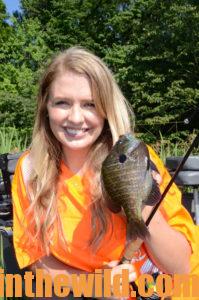 atermelon-like odor close to the bed. Now, if we can find the bed, we’ll catch the bluegills.”
atermelon-like odor close to the bed. Now, if we can find the bed, we’ll catch the bluegills.”
Unlike most bluegill fishermen who drop-fish close to the bank with crickets or worms, Holley fishes 8 to 10 feet out from the bank to locate the beds of bluegills. “When bluegills bed, they bed from the shallow water out to the deep water,” Holley reports. “If you catch a shallow-water bluegill first, it’ll run to deep water and spook all the fish that hold on the beds from the shallow to the deep water. But, if you fish a bluegill bed like you pick cotton, you can catch more bluegills off every bed.” Holley went on to explain that when you pick cotton, you pick the outer bolls first. Then, after you get all of the cotton from the outermost areas of the plant, you pick the cotton closer to the stalk.
“When you hook bluegills on the deep-water side of a bed, they’ll run out to even-deeper water,” Holley emphasizes. “Then they don’t swim through the other fish’s beds, and they don’t disturb the other fish. For this reason, if you catch fish on the outer edge and then gradually fish toward the shallow water, you’ll catch more bluegills off every bed you fish.”
 To learn about preparing, caring for and cooking fresh fish, check out John E. Phillips’ cookbook, “The Best Wild Game and Seafood Cookbook Ever,” available in Kindle and print versions, at http://amzn.to/WkbLRg. For information on any type of fishing, visit https://johninthewild.com/books.
To learn about preparing, caring for and cooking fresh fish, check out John E. Phillips’ cookbook, “The Best Wild Game and Seafood Cookbook Ever,” available in Kindle and print versions, at http://amzn.to/WkbLRg. For information on any type of fishing, visit https://johninthewild.com/books.
Tomorrow: Learn the Most Productive Catfish Baits and Bluegill

